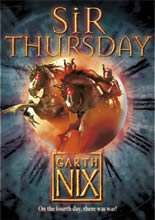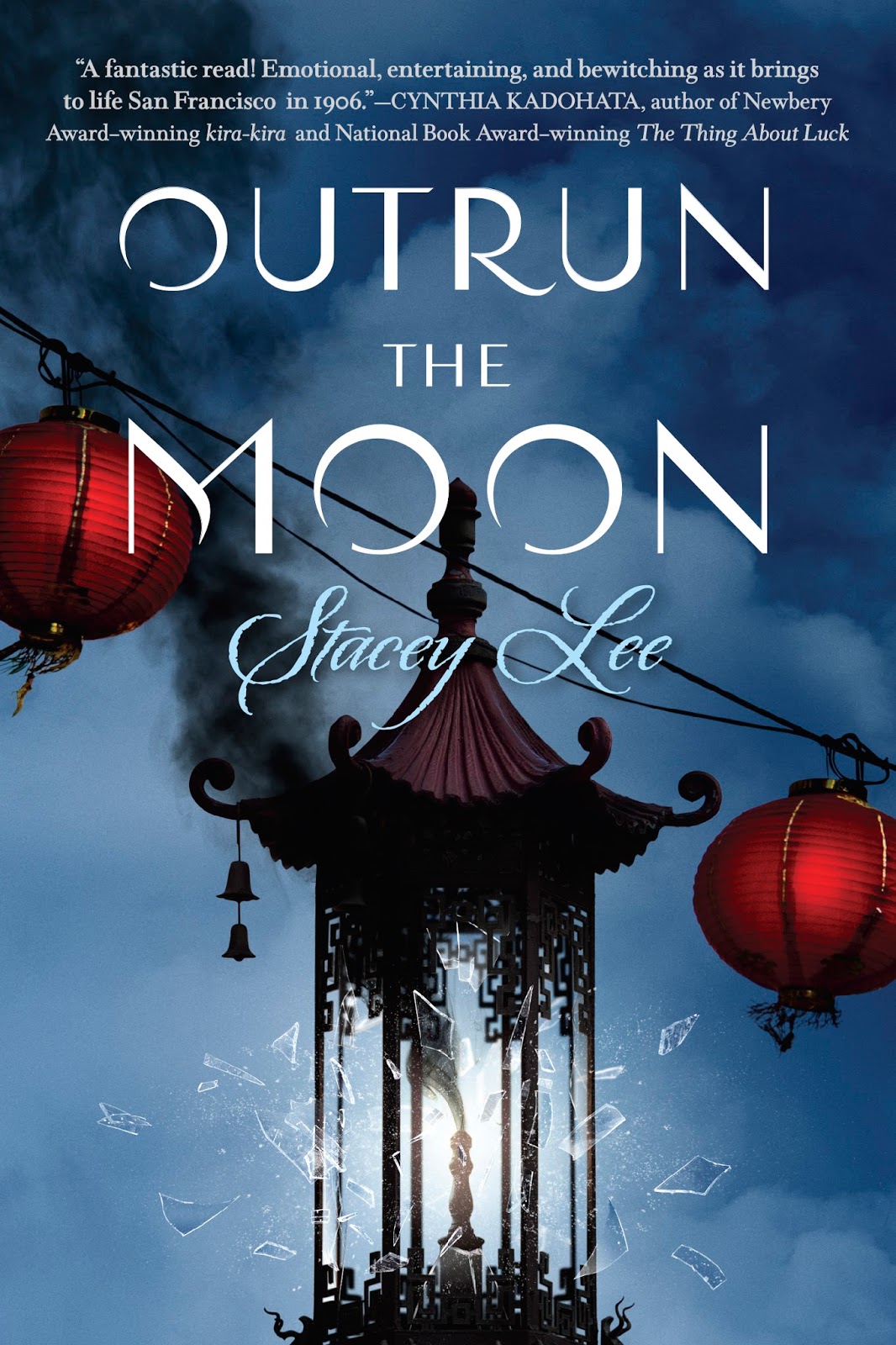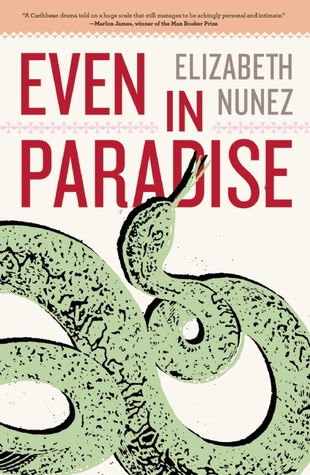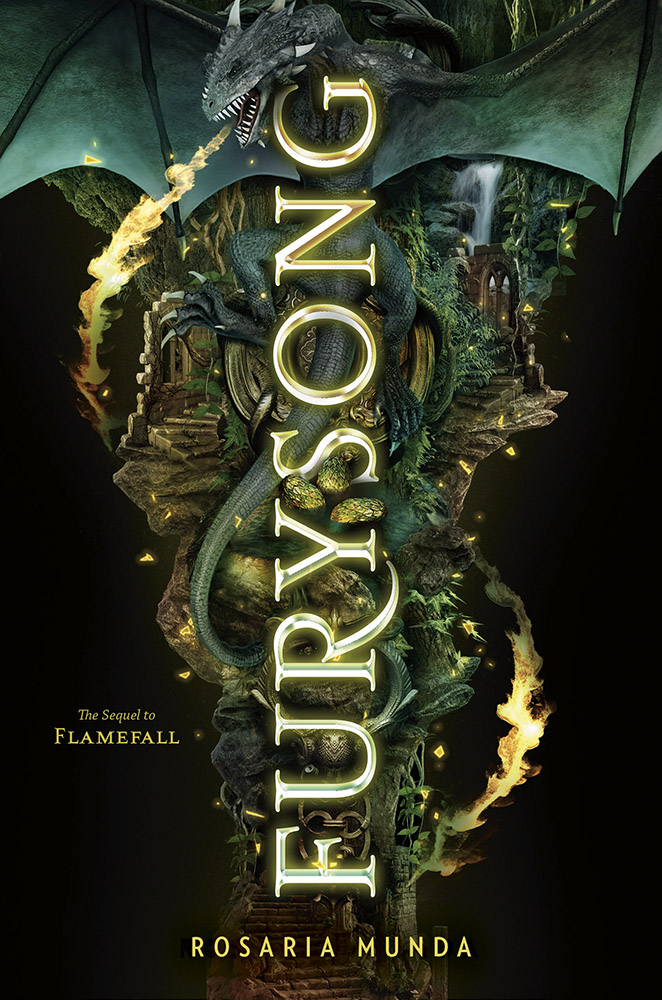[button color=”black” size=”big” link=”http://affiliates.abebooks.com/c/99844/77798/2029?u=http%3A%2F%2Fwww.abebooks.com%2Fservlet%2FSearchResults%3Fisbn%3D9781593081485″ target=”blank” ]Purchase here[/button]
The Three Musketeers
by Alexandre Dumas *père*
The *père* after the author’s name means, roughly, “Sr.” and is meant to distinguish him from his son, Alexandre Dumas *fils* (Jr.). These French words literally mean “father” and “son,” which tells you two things about this book. First, it is the product of a literary dynasty, for both the father and the son were celebrated writers. Second, it was written in French, and if you don’t speak French, you will have to find a translation.
You may not find the same translation I read, so the words may not be the same in your copy, but here’s a quote from the second paragraph of this novel, a paragraph that gave me an accurate clue to how much I would enjoy the rest of the book:
In those times…there were nobles, who made war against each other; there was the king, who made war against the cardinal; there was Spain, which made war against the king. Then, in addition to these concealed or public. secret or open wars, there were robbers, mendicants, Huguenots, wolves, and scoundrels, who made war upon everybody. The citizens always took up arms readily against thieves, wolves, or scoundrels, often against nobles or Huguenots, sometimes against the king, but never against the cardinal or Spain.
As soon as I had read this, I perceived that Dumas had a sparkling wit, and that this “historical romance” (set in France and England between 1626 and 1628) was going to come over light on the history and strong on the romance. It was a promise that Dumas fufilled throughout the book’s nearly 600 pages (in my edition).
The Three Musketeers isn’t “classic literature” in the sense of being longwinded, mannered, and boring. It is, rather, a marvelous entertainment, crammed with vendettas, love affairs, duels, intrigues, daring exploits, drily funny dialogue, scintillating melodrama, and side-splitting farce. It has an imperfect but captivating young hero – an ambitious youngster named D’Artagnan, who comes up from Gascony to make his fortune in Paris. It has a group of heroically devoted friends – Athos, Porthos, and Aramis, each intriguing in his own way. It has two unforgettable villains, from the intriguingly ambivalent Cardinal Richelieu to the truly monstrous Milady de Winter. It mixes fictional and semi-fictional characters with well-known historical figures, such as the cardinal, King Louis XIII, Queen Anne of Austria, and the Duke of Buckingham – though Dumas adapts historical events with a great deal of freedom, proving once again that his history is handmaiden to the romance. It has memorable lines, of which “All for one, one for all” is only the best-known example. It has horrors and intrigues that will fill you with dread while you turn page after page, as well as merry adventures that will thrill you with joy.
It may have been harder for an earlier generation of young readers to tune into this book, for one big reason: we don’t understand the period it is talking about. But for today’s internet-savvy kid this won’t be a problem. Whenever something comes up in the book that you don’t know about, Wiki it. That’s how I found out that “Monsieur” was the title of the King of France’s oldest living brother (in this instance Gaston, duc d’Orleans). I learned more about the astonishing character of George Villiers, the Duke of Buckingham, who really proves that truth is stranger than fiction. I figured out what on earth a “procurator” was (apparently, some kind of lawyer). I also read up on the other historical characters, including Gaston’s successor as Monsieur, Louis XIV’s brother Philippe who, in history, did not wear an iron mask.
The iron mask bit doesn’t come into this book, though; that belongs to one of the sequels. Dumas (1802-1870) wrote two further “D’Artagnan Romances,” titled Twenty Years After and The Vicomte de Bragelonne: Ten Years Later. The latter is typically published in three or more volumes, with titles such as Louise de la Vallière and The Man in the Iron Mask, each of which is about as thick as The Three Musketeers. Dumas *père* specialized in stage plays, but also wrote numerous novels that were serialized in French newspapers with great success. Their titles include The Count of Monte Cristo, The Two Dianas, The Knight of Maison-Rouge, The Black Tulip, and The Knight of Sainte-Hermine, a nearly-finished novel that was only discovered in 1988. Dumas, whose grandmother was black, also wrote an early novel on racial themes, titled Georges.




